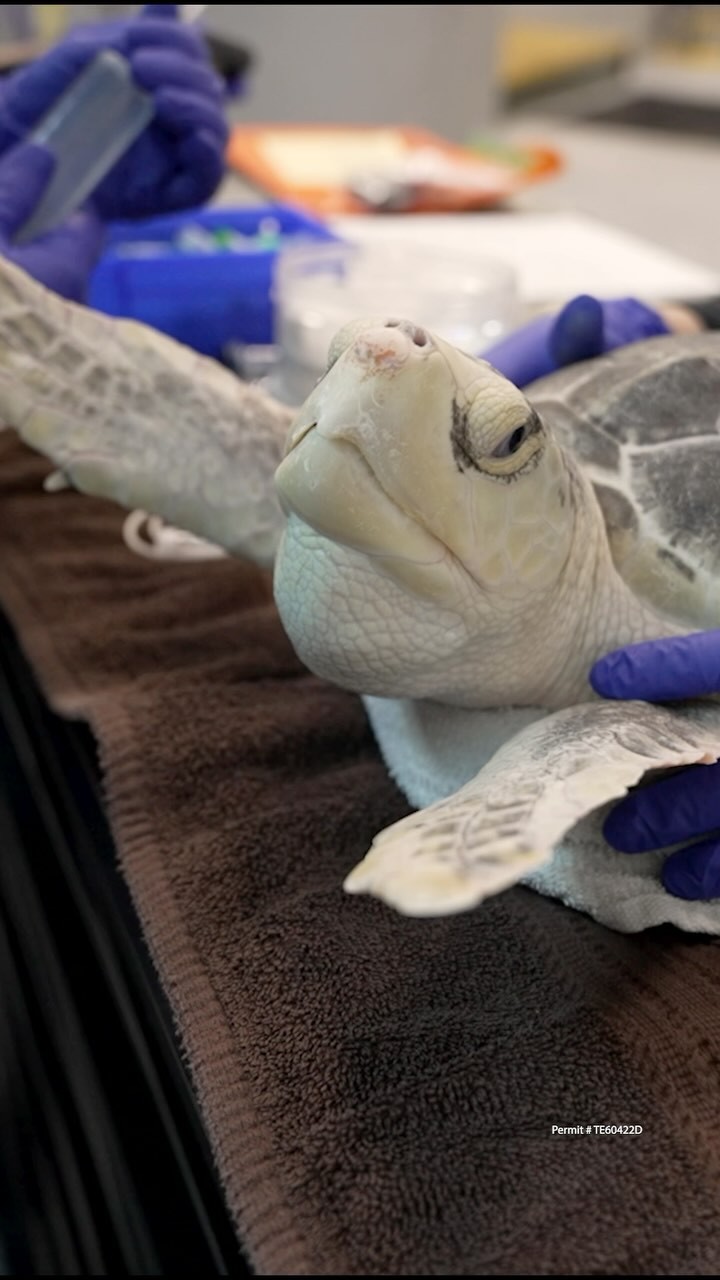- The Kemp’s ridley sea turtle is highly endangered, highlighting the importance of conservation efforts to restore their populations.
- The transport of three Kemp’s ridley sea turtles to the National Marine Life Center in Massachusetts marks a significant step in rehabilitation and potential rewilding.
- Understanding the causes of sea turtle strandings and the methods for rescue and rehabilitation are critical in preserving marine biodiversity.
- Collaborative conservation efforts and technological advancements are pivotal in monitoring and safeguarding sea turtle habitats.
- Public awareness and education play crucial roles in supporting conservation initiatives for endangered marine species.
Kemp’s ridley sea turtles hold the distinction of being the most endangered species of sea turtle. They are known for their distinctive mass nesting called "arribada," primarily occurring at Rancho Nuevo in Tamaulipas, Mexico. Over the past decades, their populations have faced dramatic declines due to overharvesting of their eggs, habitat loss, and accidental capture in fishing gear. In response, comprehensive global conservation efforts have been deployed in hopes of bringing this species back from the brink of extinction.
Recently, three Kemp’s ridley sea turtles that were stranded in 2023 were transported to the National Marine Life Center in Massachusetts. This action is a critical step in their rehabilitation process, inching these turtles closer to their eventual release back into the wild. Such initiatives are pivotal as they offer these turtles a second chance while contributing to broader conservation goals.
Understanding what leads to sea turtle strandings is essential. These incidents often result from various factors, including cold stunning during abrupt temperature dips, entanglement in marine debris, and injury from boats. Rehabilitation centers like the National Marine Life Center play an instrumental role in addressing these issues. Their work involves administering medical care and preparing turtles for a return to their natural environment. Beyond emergency care, these centers also collect data to inform conservation strategies, contributing significantly to our understanding of marine life challenges.
Collaboration is crucial in conservation endeavors. Partnerships between local governments, non-governmental organizations, research institutions, and volunteers facilitate comprehensive approaches to sea turtle protection. These collaborations often extend beyond national borders, as seen in the management of Kemp’s ridley turtles, whose lifecycle spans different countries’ coasts. Sharing data on migration patterns and nesting sites, developing bycatch-free fishing gear, and implementing marine protected areas underscore the global commitment to this cause.
The adoption of technology is reshaping conservation strategies for Kemp’s ridley sea turtles. Satellite telemetry allows scientists to track sea turtles’ movements, providing insights into their migration routes and feeding grounds. This information is vital for designating critical habitats and adjusting conservation plans accordingly. Additionally, advanced medical treatments and facilities enhance rehabilitation processes, increasing the survival rates of injured and rescued turtles.
Public engagement and education are indispensable components of marine conservation. Raising awareness about the plight of Kemp’s ridley sea turtles and the broader impact of human activities on marine ecosystems helps foster a culture of conservation. Educational programs and outreach initiatives inspire communities to advocate for policies protecting endangered species and participate in beach cleanups, reducing threats such as plastic pollution. Also, tourism focused on sea turtle nesting can provide economic incentives for communities to conserve natural habitats.
The detailed narrative here encapsulates the multifaceted approach required to conserve Kemp’s ridley sea turtles. Continuous efforts in research, rehabilitation, and education are key to ensuring the long-term viability of not just this species, but marine biodiversity as a whole. By understanding and addressing the factors endangering these turtles, humanity can take meaningful steps toward a sustainable coexistence with our ocean counterparts.
*****
Source Description
We recently transported three Kemp’s ridley sea turtles to @nationalmarinelifecenter in Massachusetts that were found stranded back in 2023. This transport puts them one step closer to being released back into the wild!


